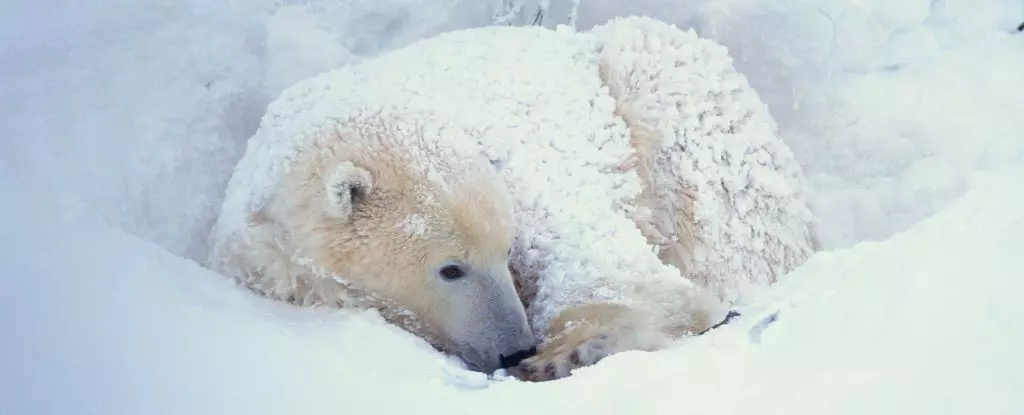Climate change has long been recognized as a threat to the survival of polar bears. However, these majestic creatures now face a new deadly challenge – bird flu. A polar bear from northern Alaska recently died from the disease, highlighting the potential implications for the wider polar bear population, as well as other large mammals and humans.
Influenza viruses are highly adaptable due to their relatively simple genetic code, which can change at random through mutations and reassortment. The current strain of H5N1 has affected a wide range of species, including mammals such as foxes, otters, mink, sea lions, and even seals in Antarctica. While the virus has caused severe deaths in some animal populations, cases in humans have so far exhibited mild symptoms or been asymptomatic. The question arises as to why there are such differences in the effects of the virus between species.
Avian influenza viruses need specific genetic changes to become adapted to mammalian hosts. These changes have not yet been detected in the current strain of H5N1. While individual-to-individual transmission cannot be ruled out for some mammals, another possible route of transmission is vertical transmission through consumption. Carnivorous mammals known to scavenge, including polar bears and seals, have been infected by H5N1. The likelihood of a polar bear or seal encountering an infected bird carcass at an arctic colony suffering an outbreak is high, considering the scavenging behavior of these animals. Ingesting and inhaling massive viral loads from infected birds may overwhelm the immune systems of the seals, leading to rapid infection and death. The exact source of infection for the polar bear remains unknown, but testing the virus and comparing it to viruses found in other species in the same landscape may provide answers.
The H5N1 strain of bird flu has caused mass mortality events in bird populations around the world, including thousands of bird deaths in Florida. Veterinarians and wildlife officials are deeply concerned about the impact of these events on the ecosystem. The consequences of the polar bear’s death for the wider polar bear population and other large mammals cannot be accurately predicted at this time. If genetic testing reveals that the polar bear’s H5N1 remains poorly adapted to mammalian hosts, we may expect few other cases in polar bears, with any further cases likely being closely associated with outbreaks in nearby seabird colonies. However, ongoing surveillance of the H5N1 strain is crucial due to the adaptability of influenza viruses. It is important to be prepared in case a new variant emerges that is fully adapted to mammalian hosts, including humans.
The consequences of H5N1 for populations of seabirds have been devastating. Seabird colonies have experienced large numbers of deaths due to the virus, posing a threat to the overall population. Failure to respond appropriately to a mammal-adapted H5N1 could have severe consequences for polar bears and potentially for humans as well. Therefore, it is essential to continue monitoring and studying the H5N1 strain to mitigate the risks it poses to wildlife and public health.
The emergence of bird flu as a threat to polar bears adds another layer of concern to their already vulnerable status due to climate change. While the full implications of this new challenge are yet to be understood, it is clear that ongoing surveillance and research are crucial. By understanding the adaptability of influenza viruses and the specific challenges faced by polar bears and other large mammals, we can better prepare for potential outbreaks and protect both wildlife and human populations from the devastating consequences of H5N1.


Leave a Reply